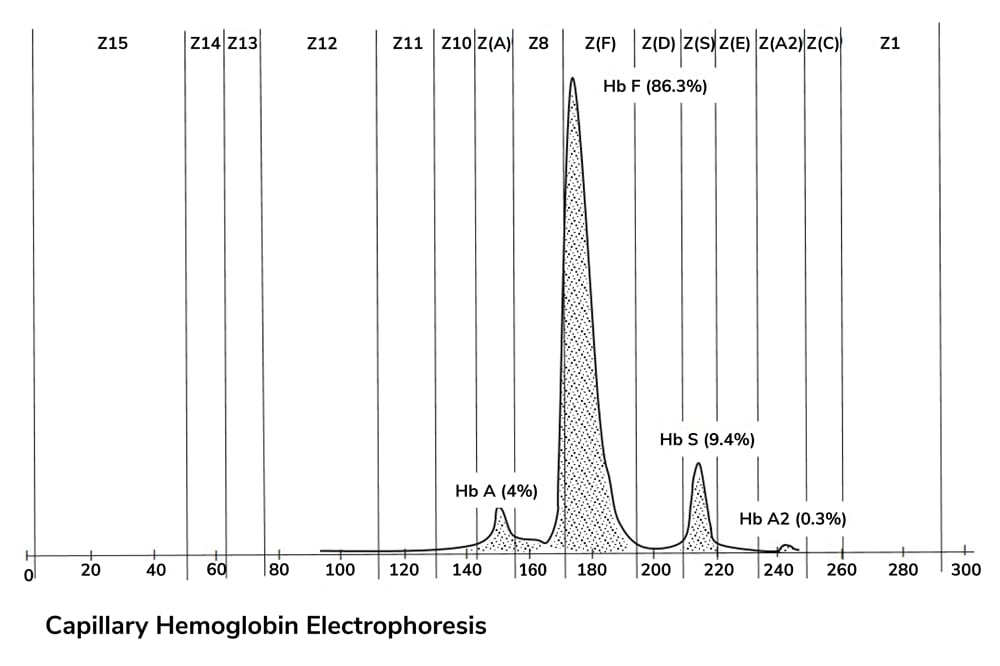
Researchers conducted a molecular analysis of pediatric fusion-negative rhabdomyosarcoma. The retrospective single-center study examined 12 tumors diagnosed between 2019 and 2023, applying targeted RNA sequencing to correlate molecular alterations with clinicopathologic features.
RNA was extracted from nine formalin-fixed paraffin-embedded specimens and three fresh frozen samples. Sequencing was followed by alignment and annotation using established bioinformatics pipelines and variant databases. Fusion events were identified through multiple algorithms combined for consensus calling. The assay demonstrated 98 percent sensitivity and 100 percent specificity for single nucleotide variants and indels, and 100 percent sensitivity and specificity for fusion detection.
Published in Pediatric and Developmental Pathology, the study population ranged from 6 days to 15 years of age, with a median of 6.5 years; 4 of 12 patients (33 percent) were younger than 2 years. Male patients comprised 8 of 12 cases (67 percent). Tumors most often originated in the trunk and head and neck. Of the 12 tumors, 11 (92 percent) harbored at least one oncogenic alteration.
Six embryonal rhabdomyosarcomas demonstrated mutations in the RAS pathway or FGFR4, including two HRAS, two NRAS, one KRAS, and one FGFR4 mutation. Two endocervical embryonal rhabdomyosarcomas carried oncogenic DICER1 mutations, with one confirmed germline. An embryonal rhabdomyosarcoma with anaplasia was identified in a patient with Li-Fraumeni syndrome, showing pathogenic TP53 and NF1 mutations. Two spindle cell/sclerosing rhabdomyosarcomas carried distinct fusions: TEAD1::NCOA2 in a congenital lesion and FUS::TFCP2 in an intraosseous case. Only one tumor, an embryonal rhabdomyosarcoma of the bladder in a neonate, lacked detectable molecular alterations.




